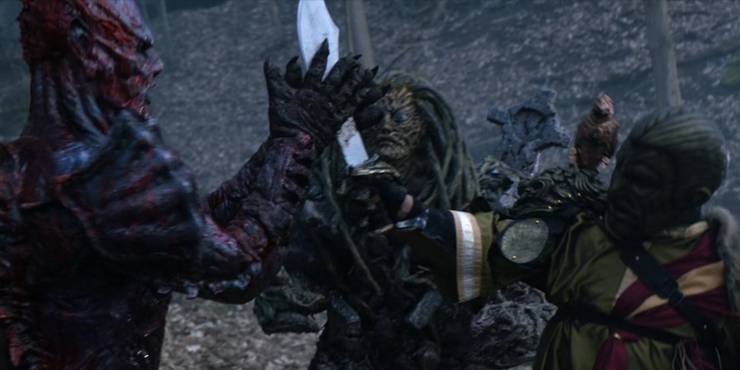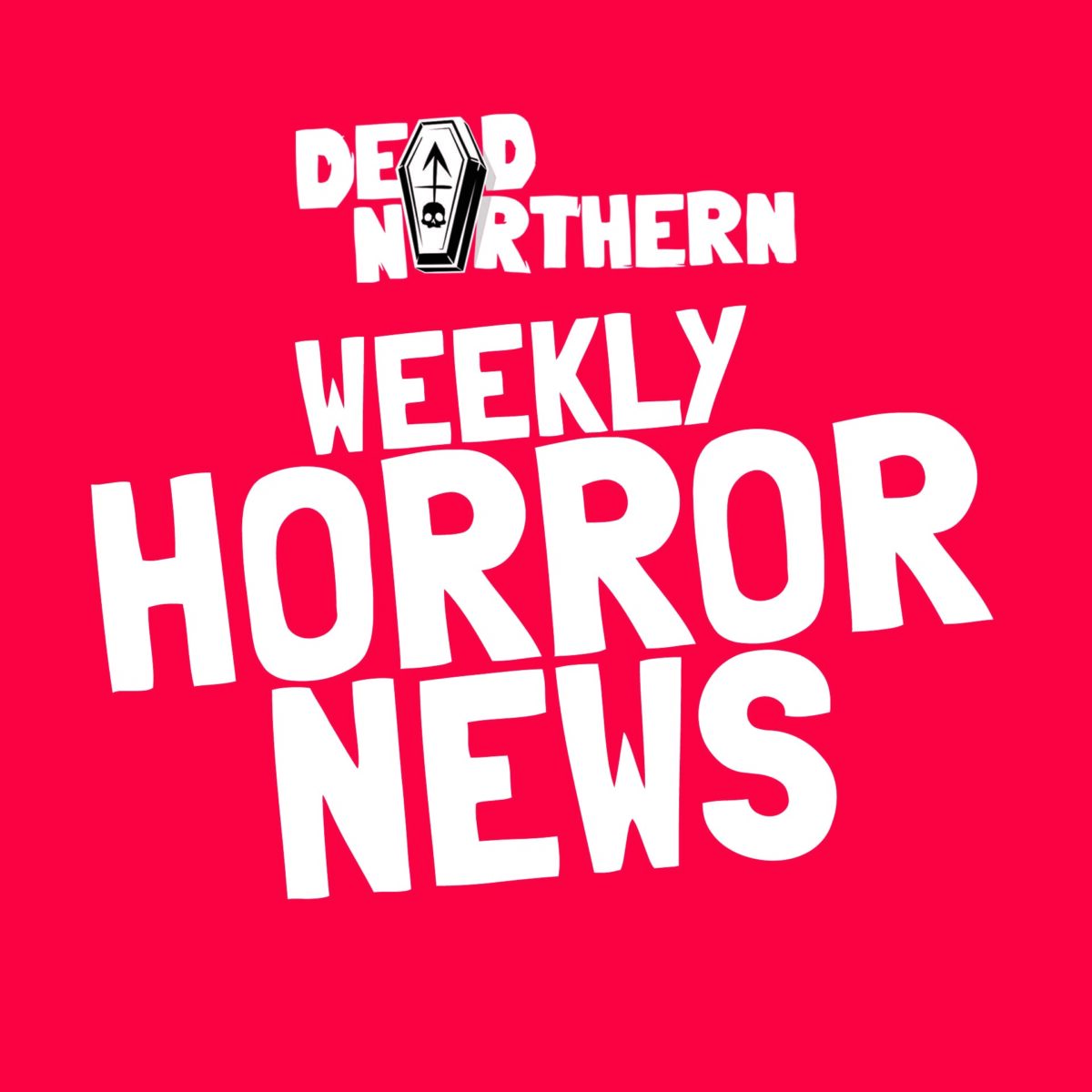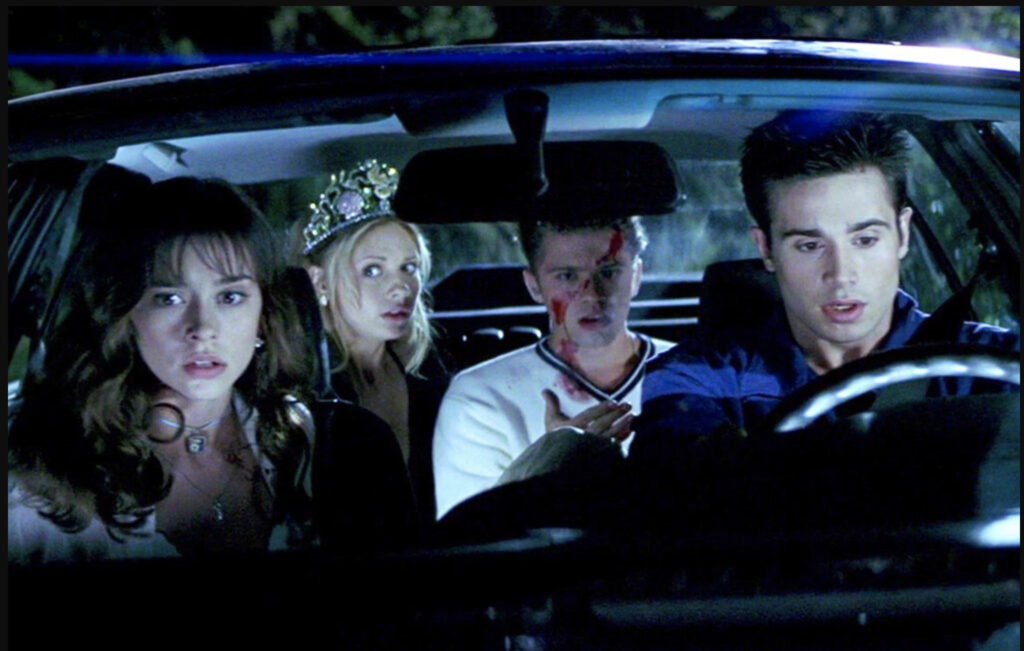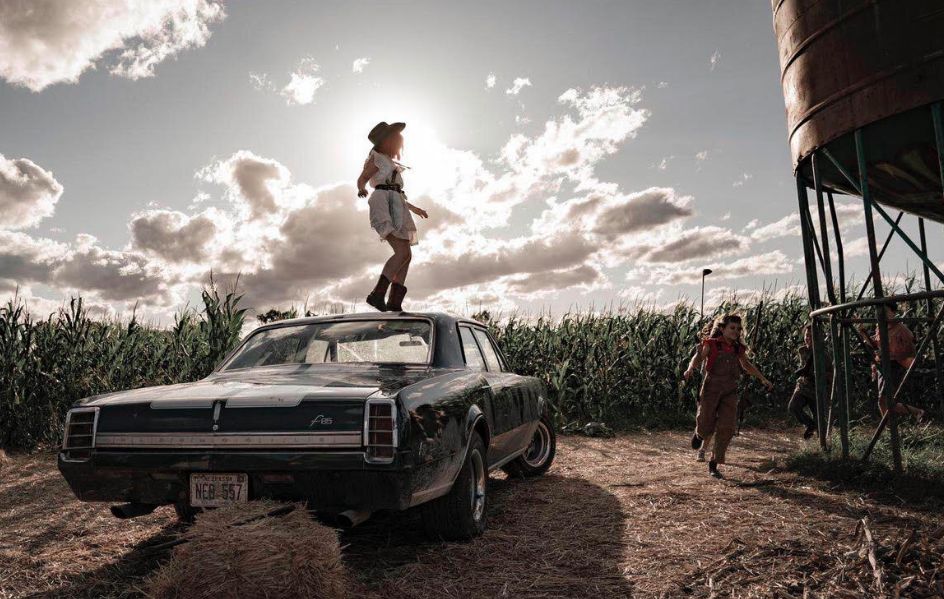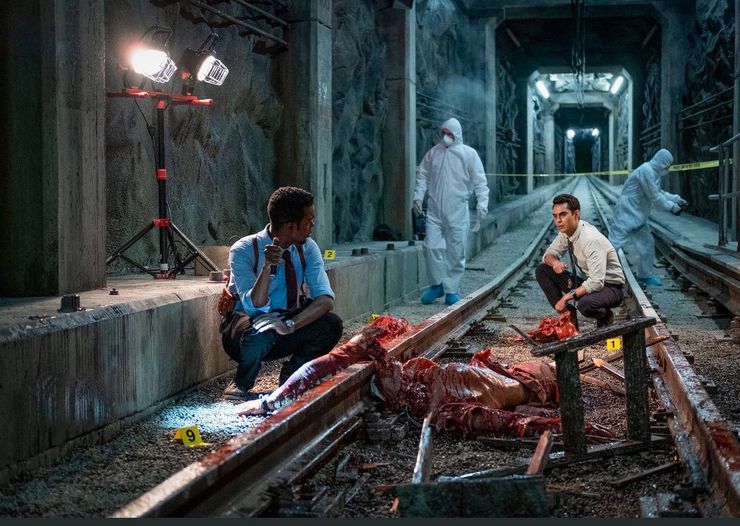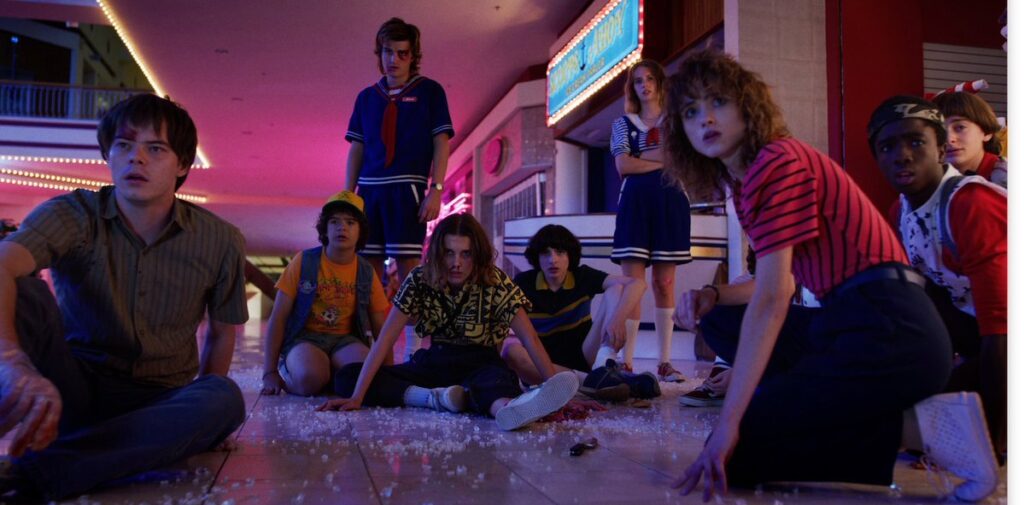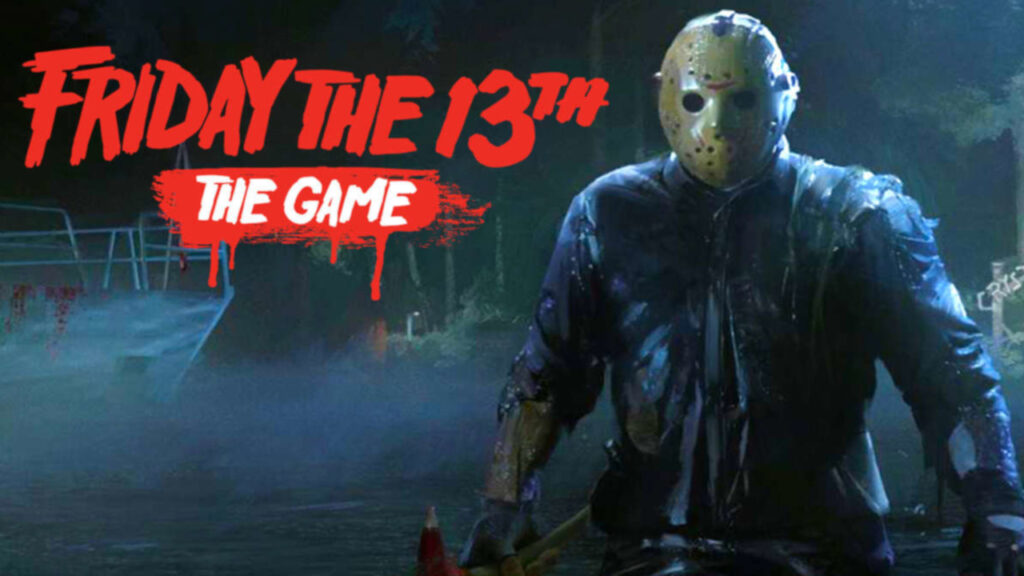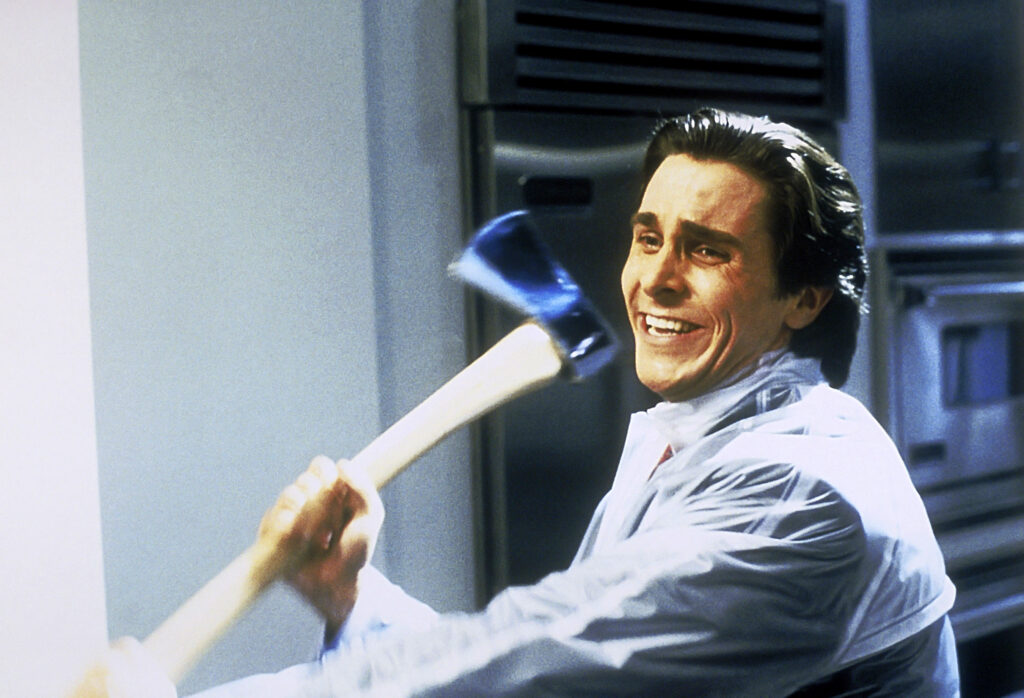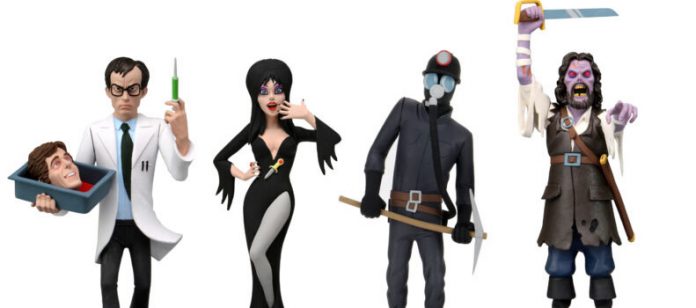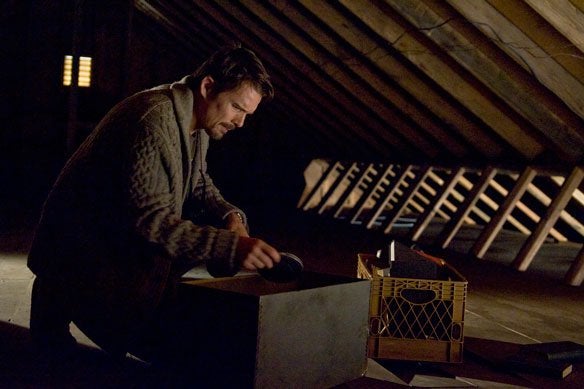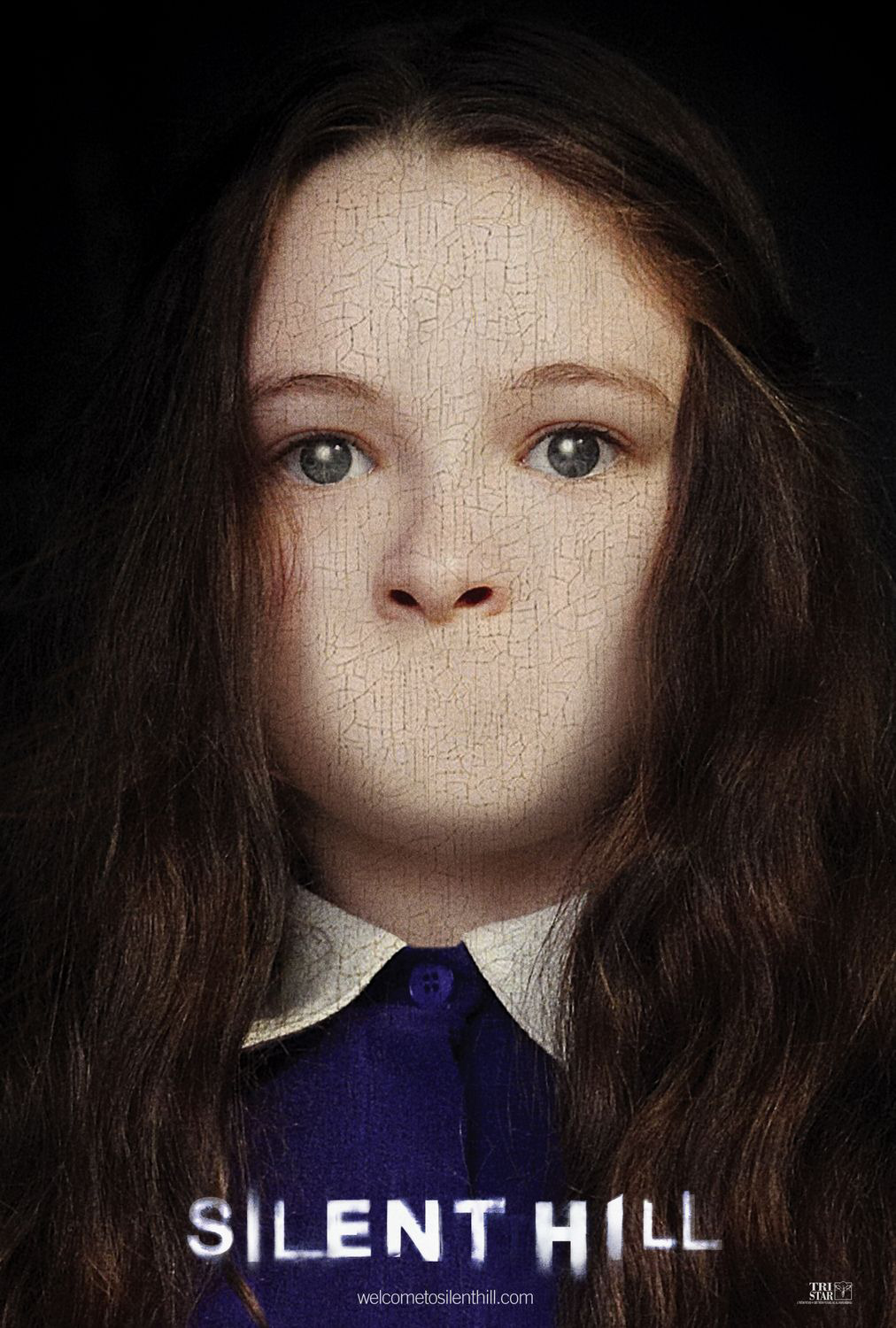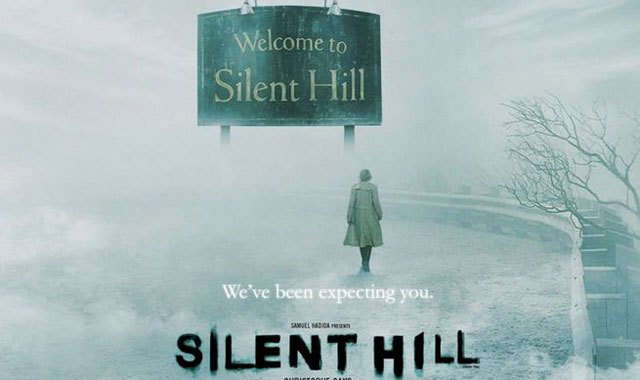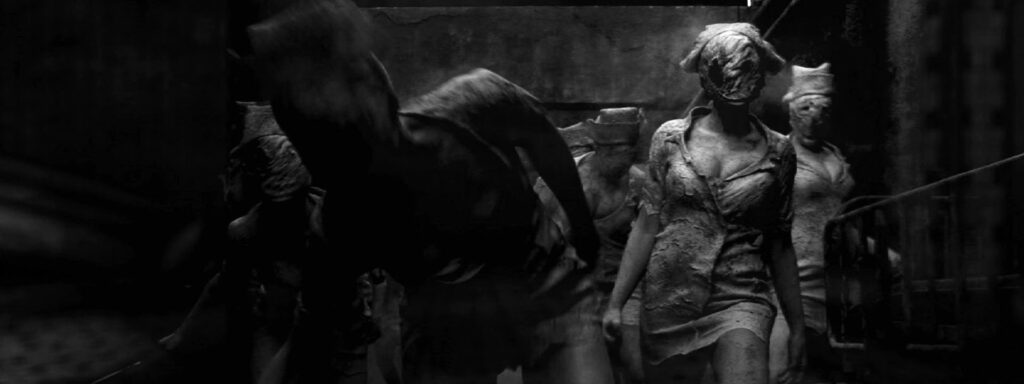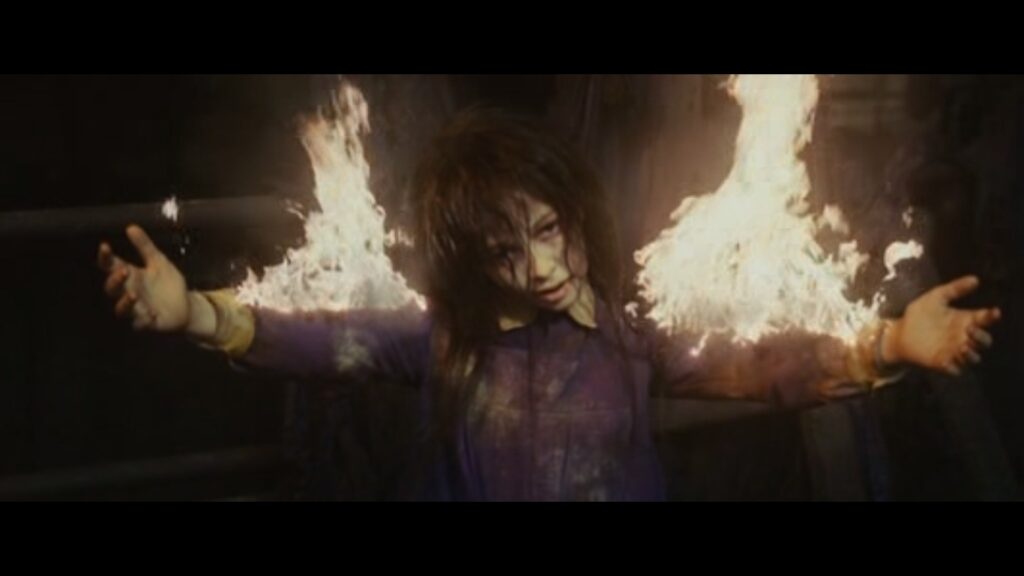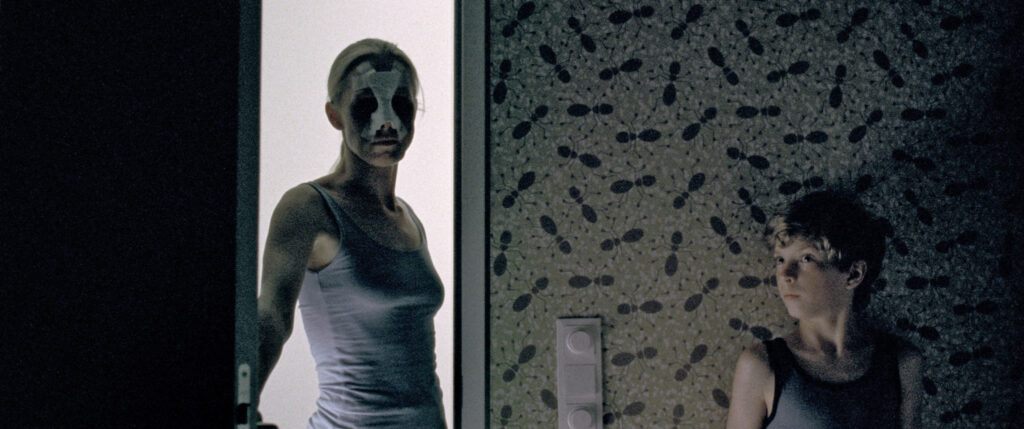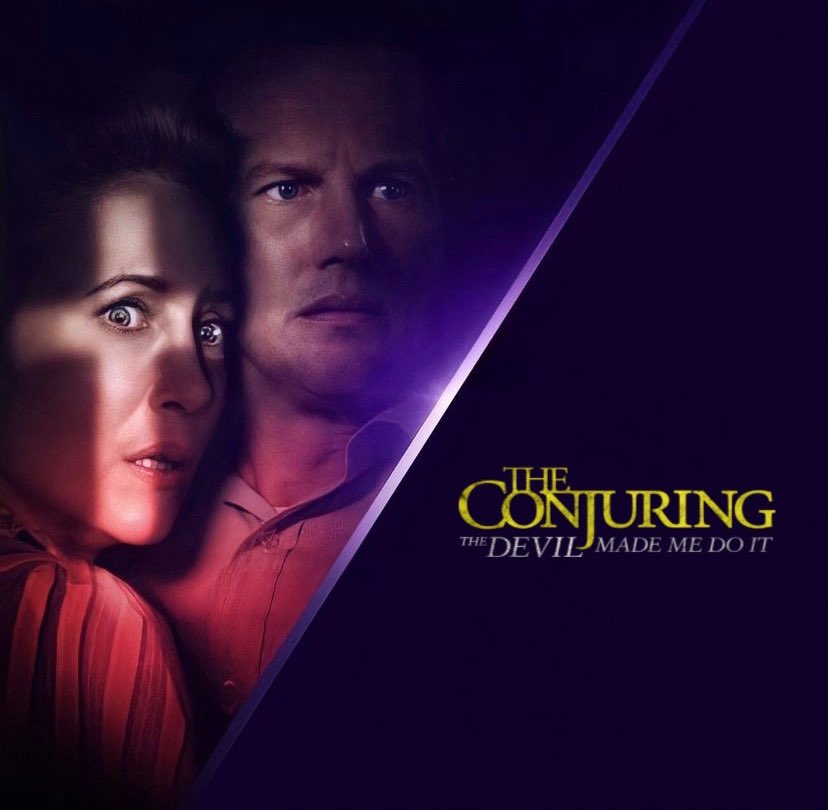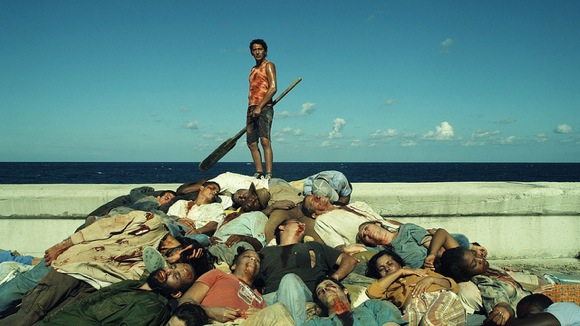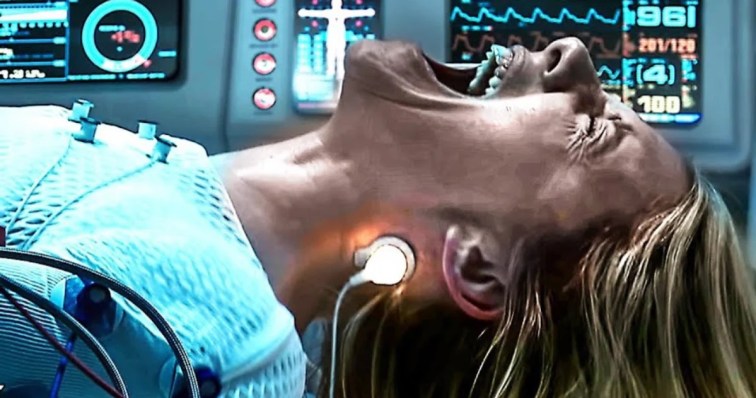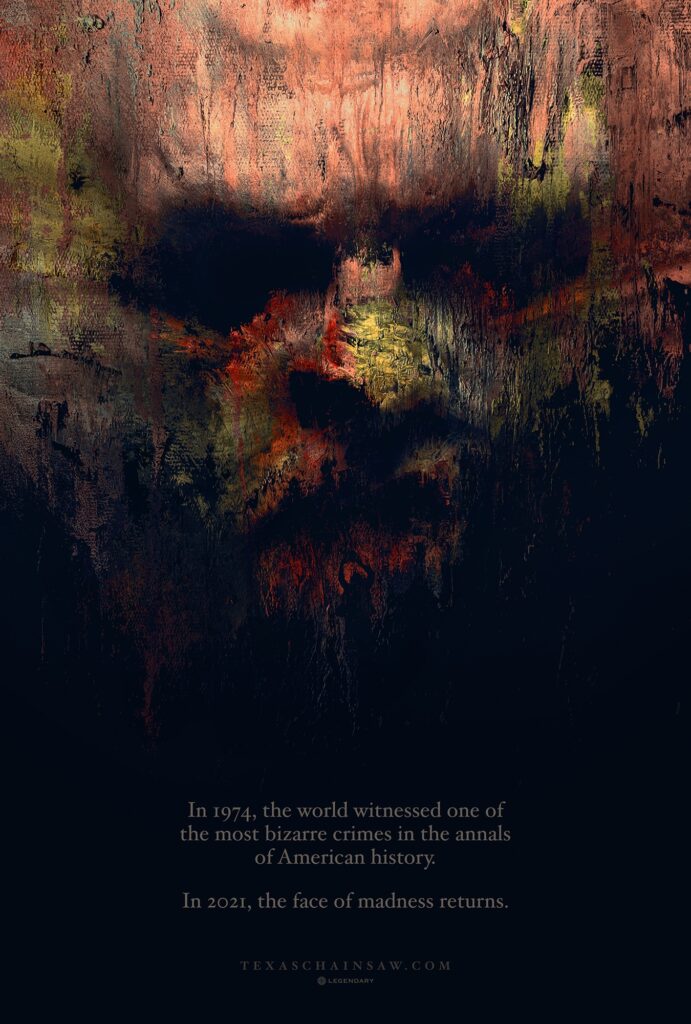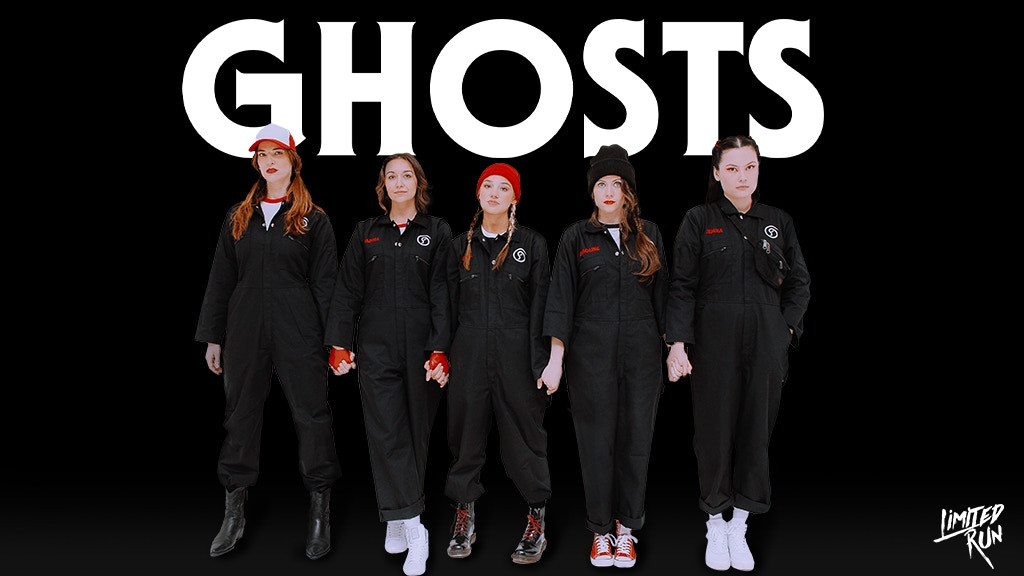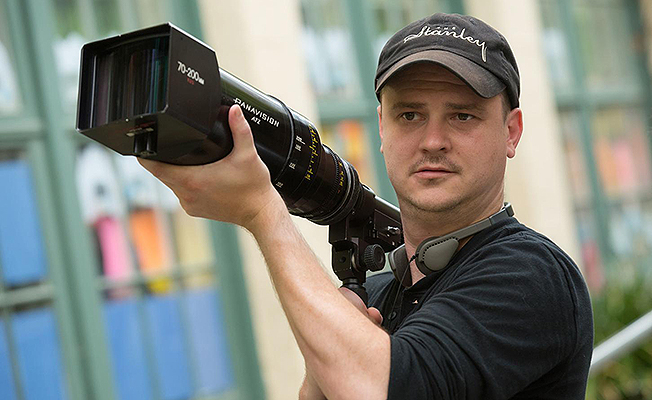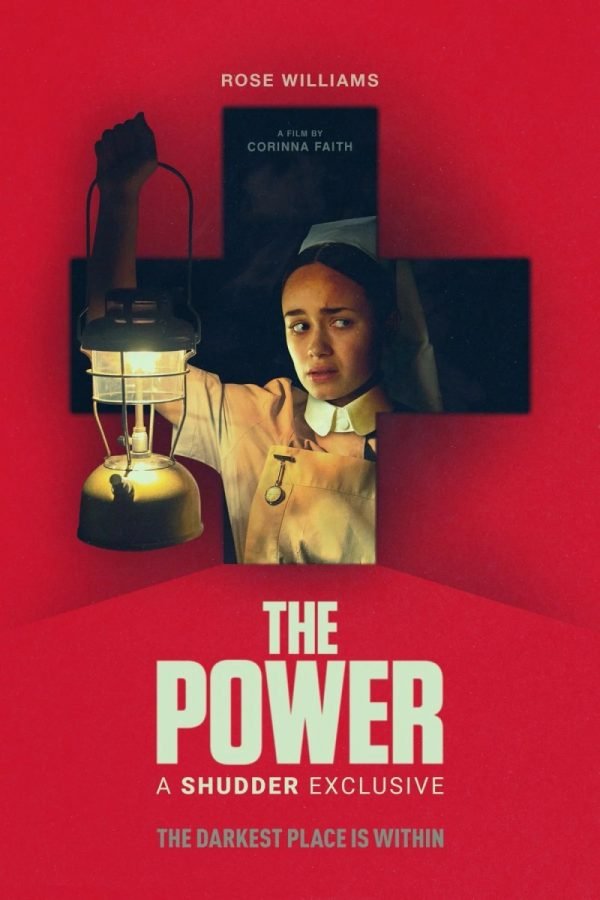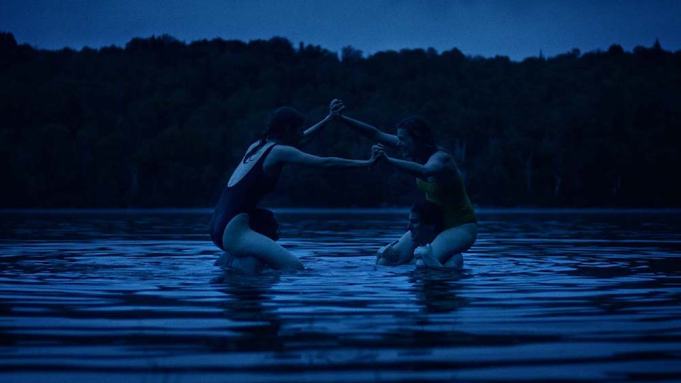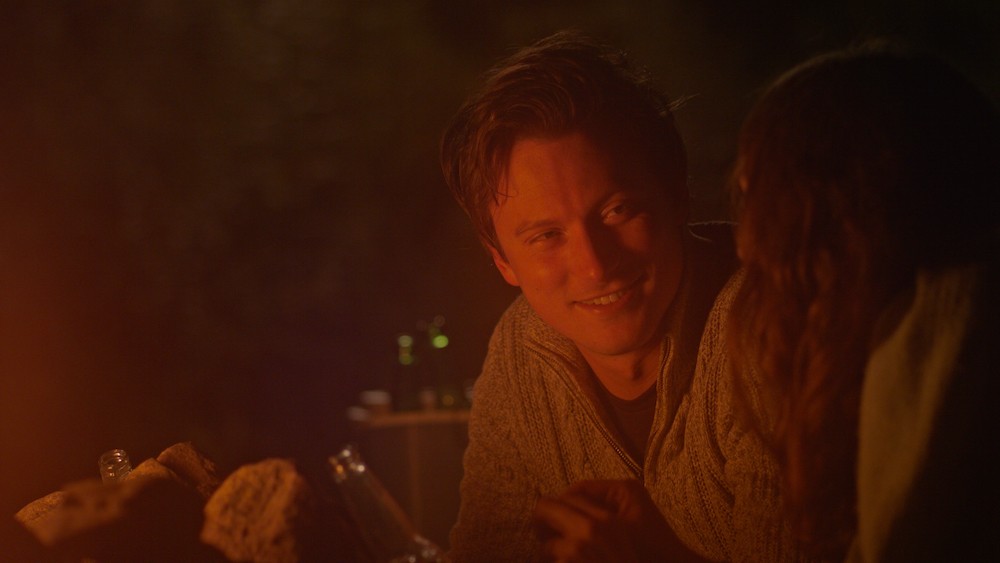Review- Army of the Dead

Does the idea of rabid zombies tucked away in a desolate Las Vegas thrill you? No… Well how about a merciless motley crew of mercenaries battling a zombie tiger? My thoughts exactly!
Zack Snyder’s return to flesh eating horror is a bountiful resurrection as his new Netflix flick, Army of the Dead brings in a whole horde of viewers ready to tuck in to the zombie action in its first week.
Spoilers ahead…

Snyder stormed through in 2004 with a brave remake of Dawn of the Dead. Which was a regenerated retake on the original 1978 classic directed by the ‘Zombie Godfather’, George A. Romero. It is certainly one of Snyder’s more refined films, with its success fastening a weighty reputation. Snyder’s return to zombie mayhem has done wonders as Netflix is already creating an entire franchise based off of this single film. Yes, you heard that right. Already there is a scheduled prequel, an animated series, a sequel, making-of documentary and finally a behind the scenes book. So let’s discuss why Army of the Dead is here to stay.

The film begins with a military convoy transporting a restrained zombie, but when they collide with another vehicle all hell breaks loose as this monstrous creature tears through tendons and leaves the ground stained with blood. A slew of exposition explains that the majority of Las Vegas became infected and now only a small community survives in a quarantine camp.
This setup leads us to the real action, *cue Scott Ward* (played by Dave Bautista), an ex-mercenary who has to gather a crew of military misfits to recover millions of dollars from a casino vault as part of one of the world’s most riskiest heists. However, there are two big obstacles in their way, one being that Sin City is littered with the immortal, and secondly, the government is launching a tactical nuclear bomb to wipe out the undead only hours after they plan to leave.

An area that I do have to applaud is the film’s energy. Throughout the extensive (and I mean EXTENSIVE) runtime of 148 minutes we do not really get a chance to breathe. The explosions do not stop, the guns are never not blaring and the velocity is amped up by the second. Going full throttle is definitely what Snyder does best. The theatrics certainly live up to his reputation, alongside the exciting setting, eccentric visuals and most importantly its tongue-in-cheek humour.
It’s sharp vibrancy is immediately placed down within the first 20 minutes. We are presented with the above mentioned crash scene which catalyses the zombie attack, but then we get to see what is my favourite scene of the entire film, the opening credits/montage sequence. Half-nude zombie casino girls flail around, shredding anyone they can get their claws on, accompanying this is a cover of Elvis’s “Viva Las Vegas” and a heavy dose of slow-motion shots, playing over the absolute carnage on screen. The glossiness of Vegas is certainly not lost amidst the zombies as I really believe that Army of the Dead would not have the same vibe if it was not set amongst ricocheted casinos, beaming sunsets, and decaying state landmarks.

Army of the Dead thrives in this over the top attitude. The excess is mostly found within the copious amounts of gore and pure bloodshed, which is entirely understandable in a zombie movie. Paired with the onslaught is plenty of gun-fights and innovative subplots. Although the heist aspect was done better in last year’s Train to Busan: Peninsula, it is definitely a forgiving point, as for me I saw the heist scenario just a means to an end, not an encompassing important narrative device. However, this praise is not without caution…

This is not a perfect film at all, in fact I found it slightly dim in certain areas. Particularly, the lack of character care. To connect and actually care about the fates of the lead characters is quite an important factor. Without compassion, the legacy of the film will fade rapidly. There is a clear level of tackling done to avoid any shallowness, such as making Ward a father with a brief backstory. But that’s where the development stops.
That is not the film’s only downfall, with the extended action taking sole presence over quality. As I’ve stated above, the 148 minute runtime is noticeable. The exact same film could have been told within a 90-100 minute time frame, but it seems that horde attacks and cool fight scenes were more important than keeping the audience’s attention. I’m not saying that the film is bad in any shape or form, but a sense of ruthless editing is certainly needed.
Overall, I’d describe Army of the Dead as a mix of World War Z’s fast paced ferociousness, with a fair portion of Zombieland’s humour and quick wit. The combined gorefest is a visual festival of vibrant colour and beaming lights, but just be prepared for a lack of deeper narrative.
This weeks article comes via Grace from Film Overload, you can check out more of her work here.

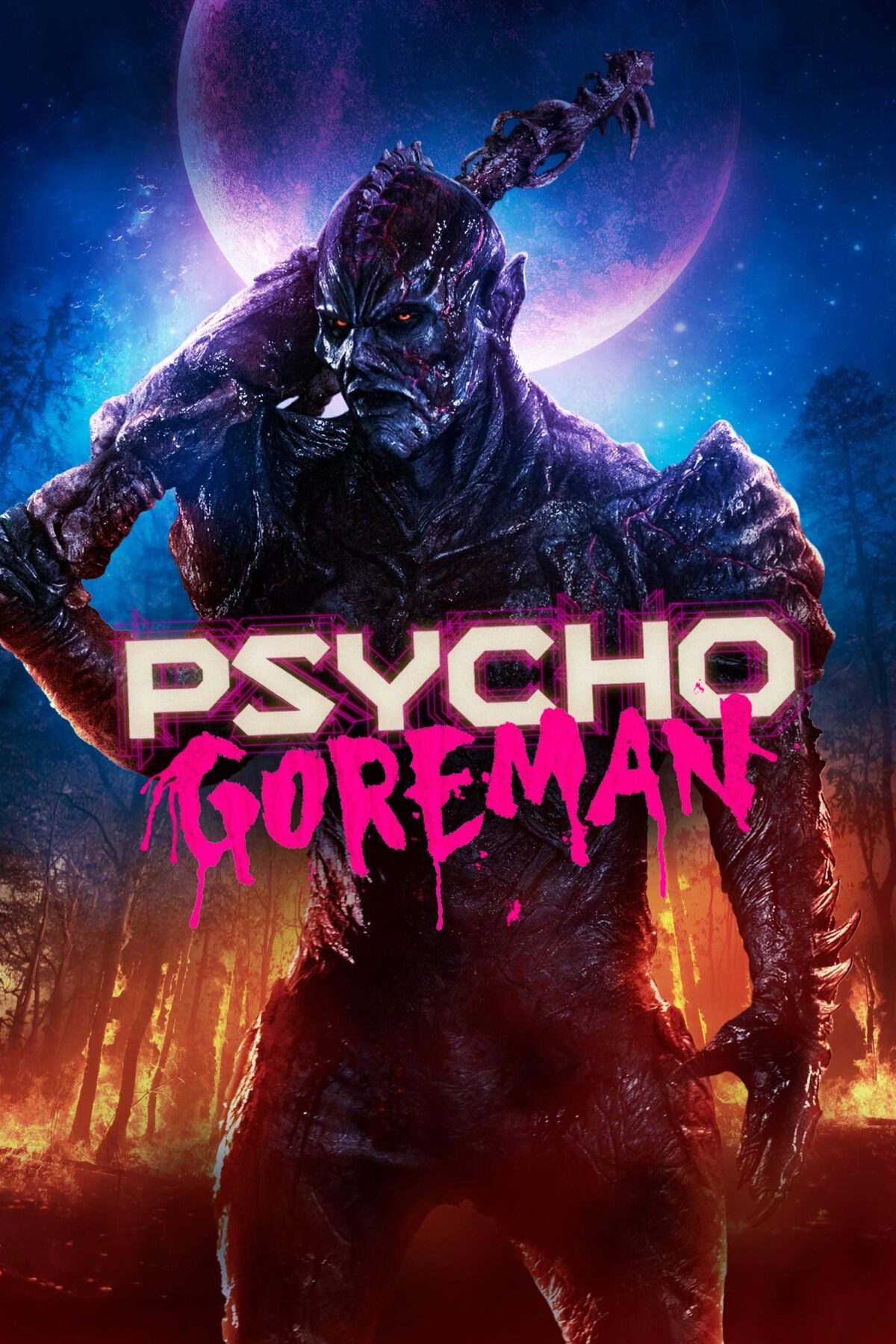

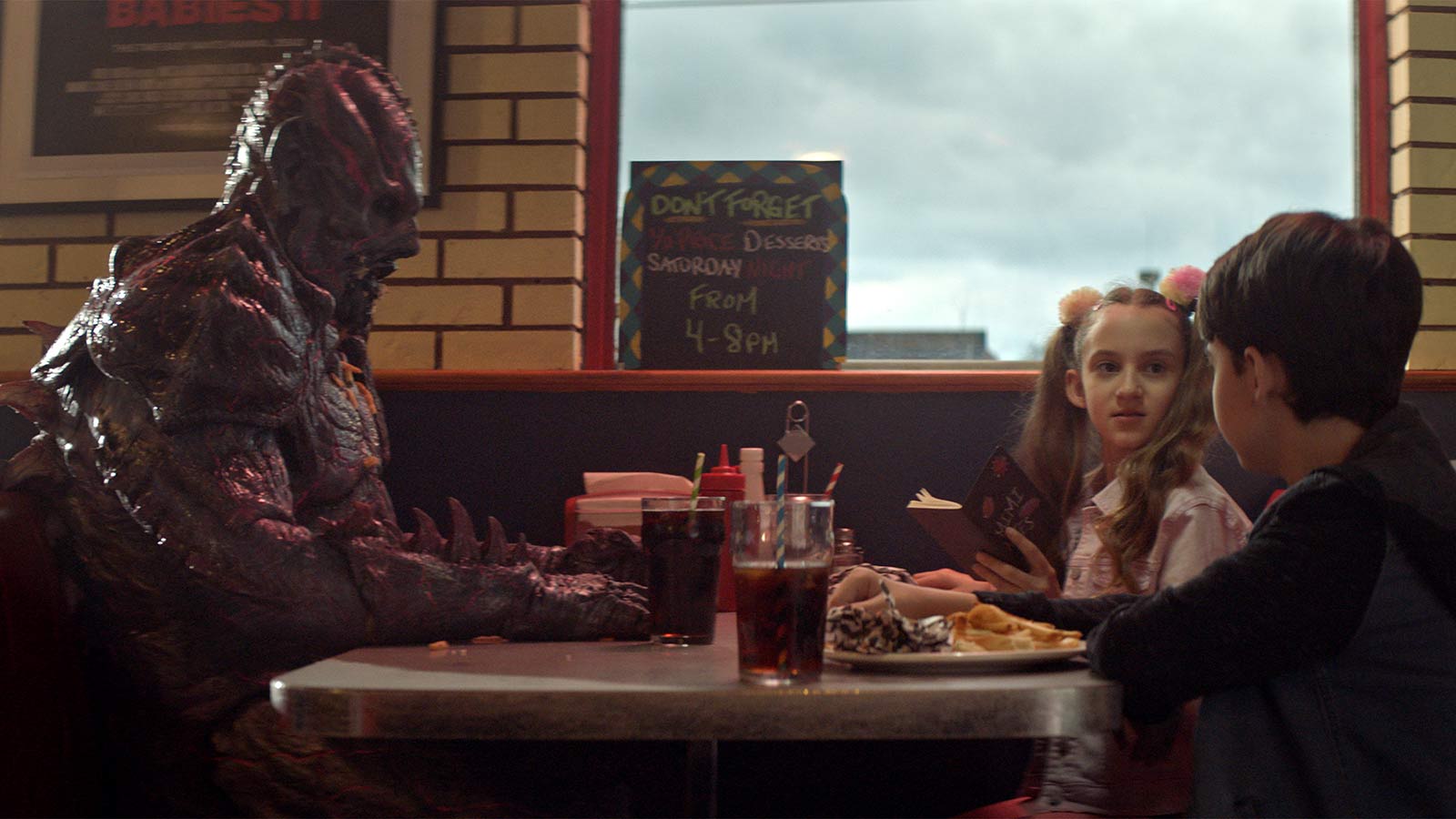
![Review] 'Psycho Goreman' Puts Emphasis on Goofy Gory Fun - Bloody Disgusting](https://bloody-disgusting.com/wp-content/uploads/2020/02/Screen-Shot-2020-02-04-at-10.06.56-AM-e1580832496529.png)
